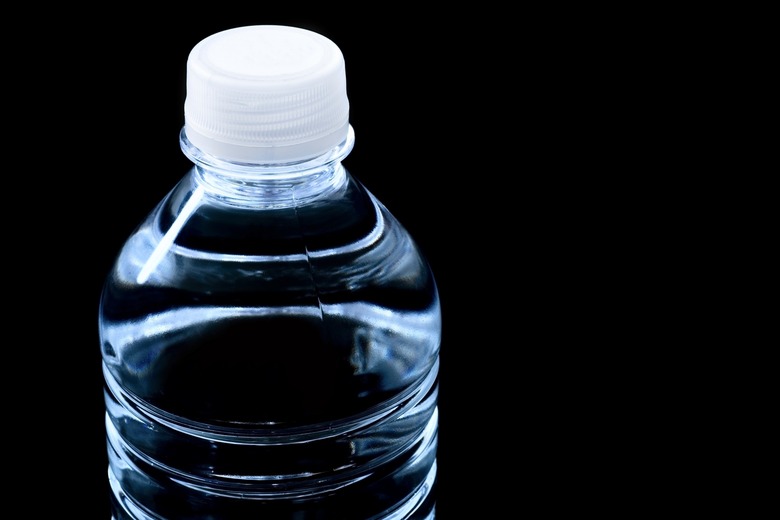Why Do Plastic Bottles Cave In During Cold Weather?
Maybe you have seen this happen yourself: A plastic water bottle or milk jug is left outside in the cold and the sides of the bottle collapse or cave in. Why does this happen? The secret lies in how air pressure works.
Scientific Background
Scientific Background
When air temperature increases, air pressure also increases. Conversely, when air temperature decreases, air pressure decreases. In science class, this is known as Charles's Law (and is the reason hot air balloons work).
Pressure in a Bottle
Pressure in a Bottle
If a bottle is capped and then left in the cold, the air inside the bottle cools faster than the air outside the bottle. This means the air outside the bottle is exerting more pressure than the air inside the bottle, and the bottle collapses.
Prerequisites
Prerequisites
The plastic bottle only collapses if the bottle is capped. Otherwise, the air temperature and the pressure of the air inside the bottle and outside the bottle remain constant.
Try it Yourself
Try it Yourself
If you want to try this experiment yourself, place a capped bottle in your freezer for a few minutes. When you take it out of the freezer into the warm air, the bottle will collapse. You can also fill a bottle with hot water, cap it and then place it in a bowl of ice water.
Fixing the Bottle
Fixing the Bottle
Usually, the bottle will return to its normal state when you remove the lid. Removing the lid lets the air temperature and pressure inside and outside the bottle equalize.
Cite This Article
MLA
Schifferdecker, Stacey. "Why Do Plastic Bottles Cave In During Cold Weather?" sciencing.com, https://www.sciencing.com/do-cave-during-cold-weather-5887906/. 24 April 2017.
APA
Schifferdecker, Stacey. (2017, April 24). Why Do Plastic Bottles Cave In During Cold Weather?. sciencing.com. Retrieved from https://www.sciencing.com/do-cave-during-cold-weather-5887906/
Chicago
Schifferdecker, Stacey. Why Do Plastic Bottles Cave In During Cold Weather? last modified March 24, 2022. https://www.sciencing.com/do-cave-during-cold-weather-5887906/
